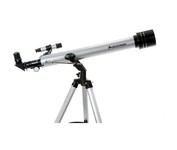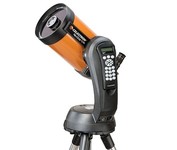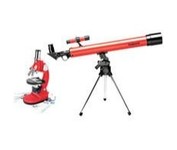Products reviews
Celestron PS 60 (175 x 60mm) Telescope$39.00 to $63.00
Tags:celestron, ps, 60, 175, x, 60mm, telescope, | Celestron NexStar 6 SE (354 x 55.88mm) Telescope$790.00 to $1,100.00
Tags:celestron, nexstar, 6, se, 354, x, 55.88mm, telescope, | Tasco Specialty 49TN Telescope$24.00 to $46.00
Tags:tasco, specialty, 49tn, telescope, |
Bushnell Voyager 78-9970 (100 x 70mm) Telescope
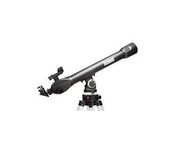
Voyager® Sky Tour™ series gives amateur stargazers a pro-grade audio tour of the night sky. Its Illuminated Smart Mount points the way as the talking handset describes constellations and planets, and keeps you engaged with entertaining facts and mythology tidbits. Keeping pace is easy with the LED red dot finderscope. You’re an instant expert with the Sky Tour series.Minimize
Meade LXD75 SN-8 AT (08047502) (500 x 203mm) Telescope
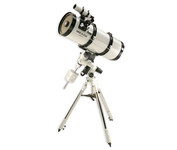
Meade LXD75 SN8-AT UHTC is an 8 inch Schmidt-Newtonian reflector type telescope with 812mm focal length and fast f/4 aperture and Meade Ultra High Transmission Coating, for 20% more image brightness over its non-UHTC sister model.
Tasco 49070800 Spacestation(r) 70az Refractor Telescope (600 x 70mm)
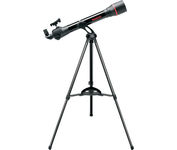
With its 70mm lens and all the bells and whistles, the Tasco Spacestation 70AZ is ideal for both the beginner and amateur astronomer.
Bushnell NorthStar 78-8845 (675 x 114mm) Telescope
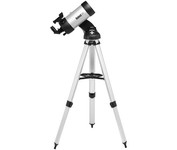
Our most powerfull, advanced technology reflector telescope with up to 675x magnification and massive 4 1/2 inch reflector mirror. "Goto" Computerized tracking technology. Red Dot LED finderscope. Remote hand-held control module. Camera adaptable. Quick release tripod. Kinematic mount. Accessory tray. 20,000 Object Onboard Starfinding Computer. 1.25" Format Eyepieces. Barlow Lens. A great starting telescope!Minimize
